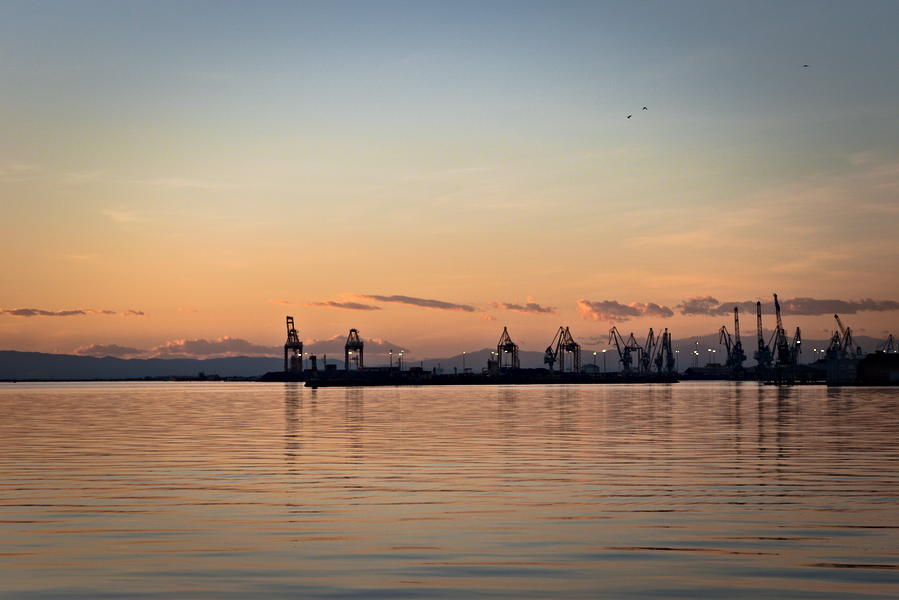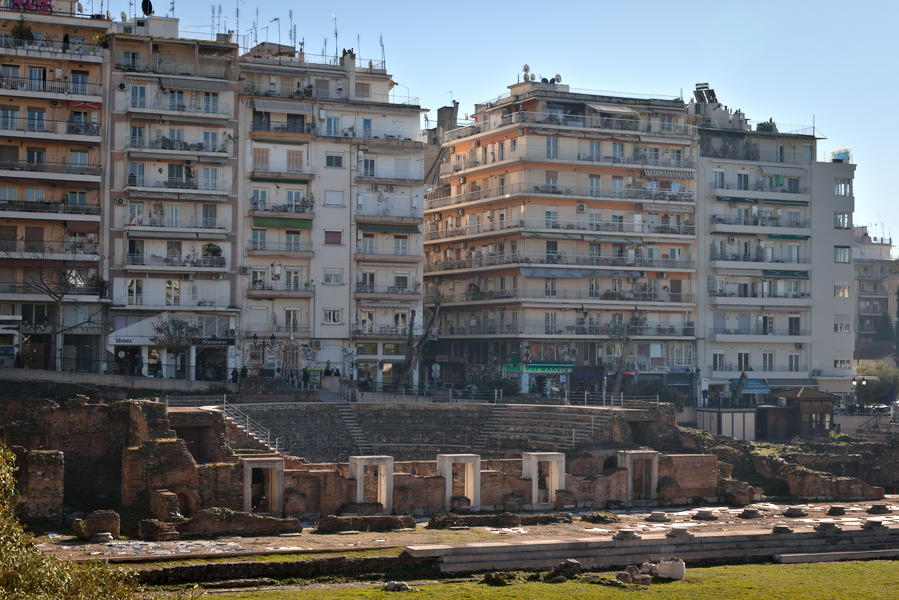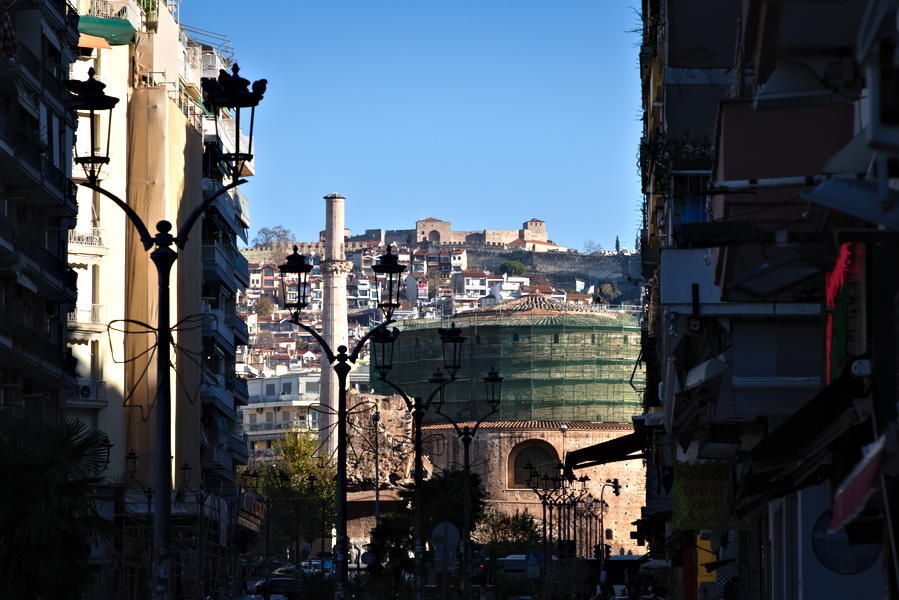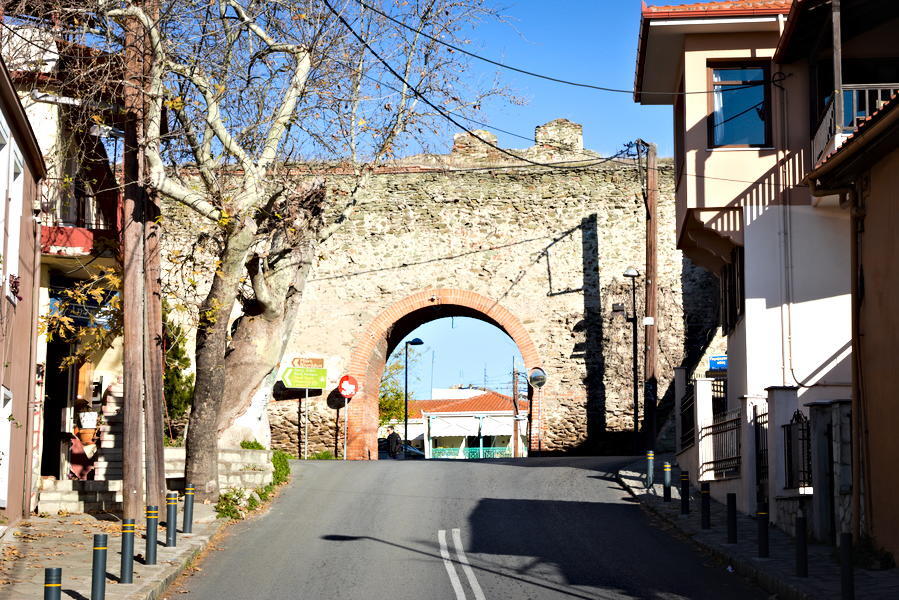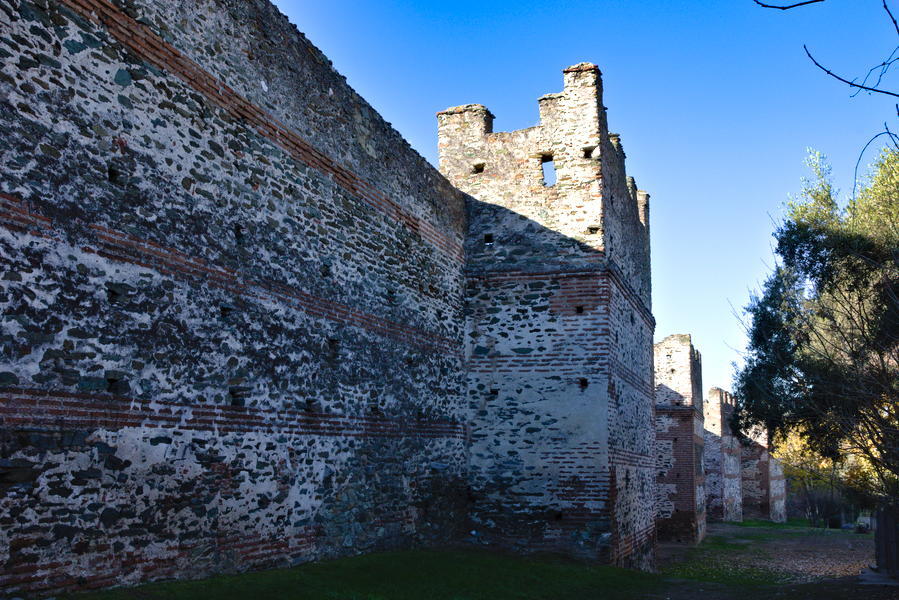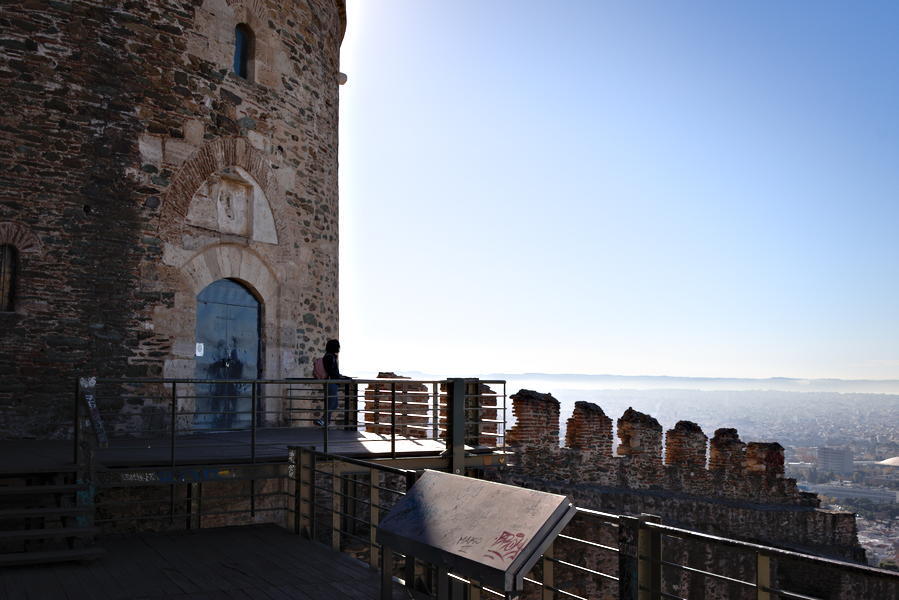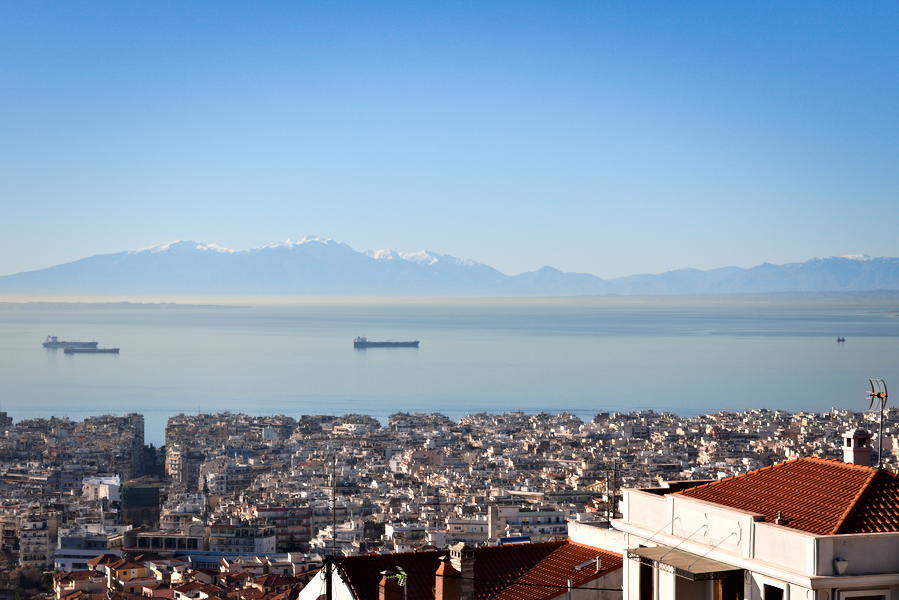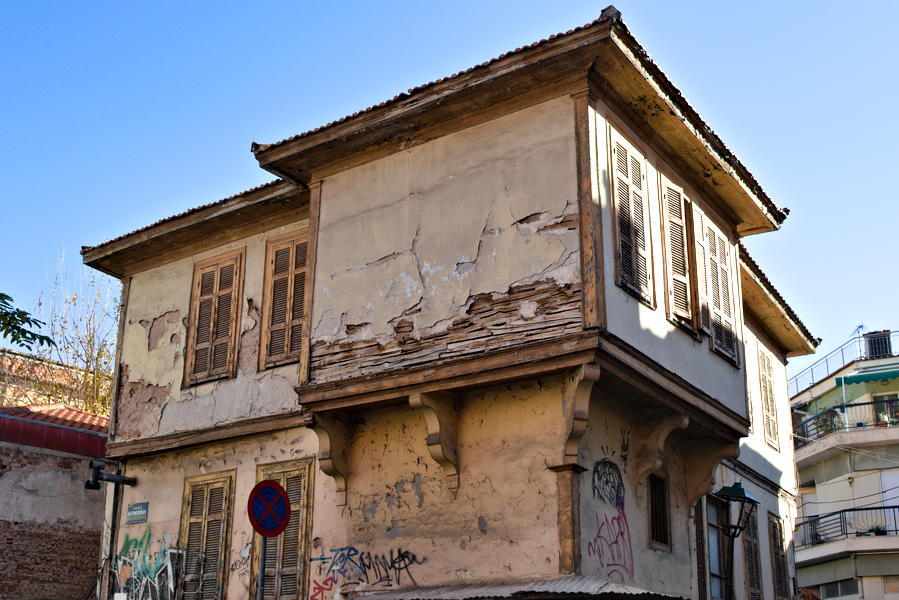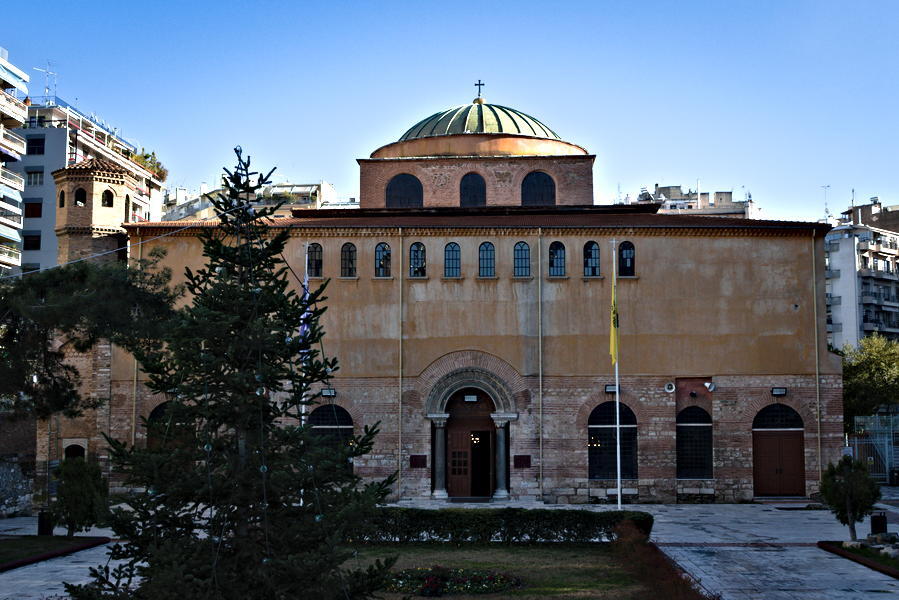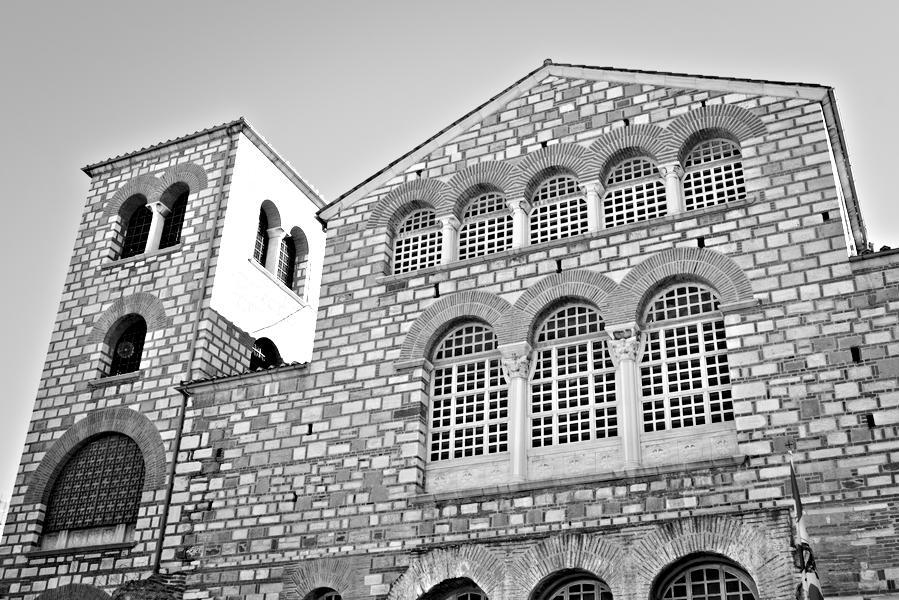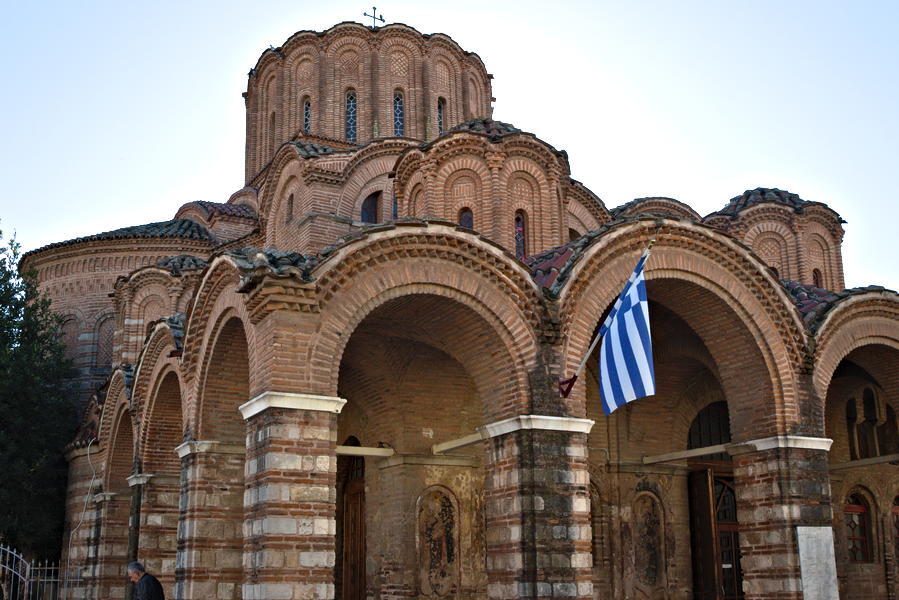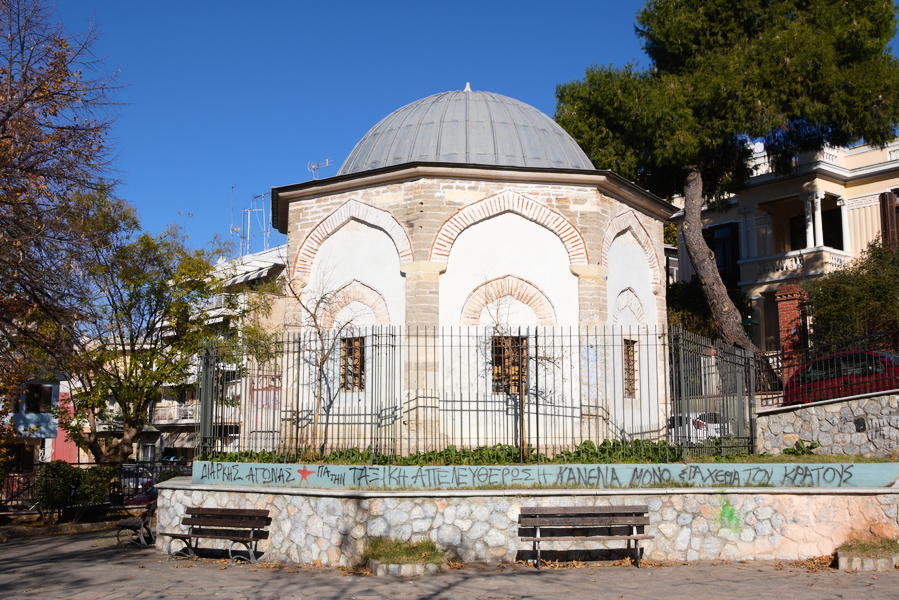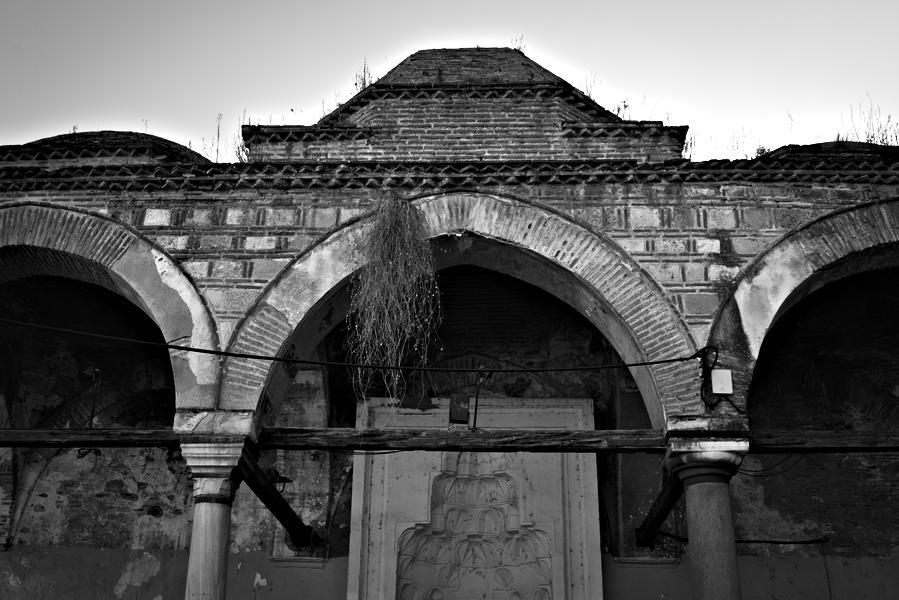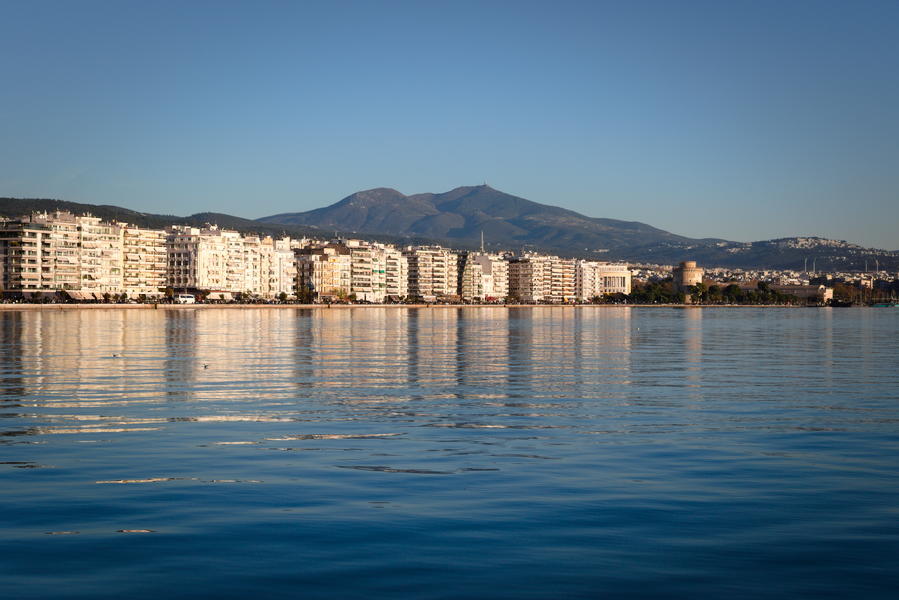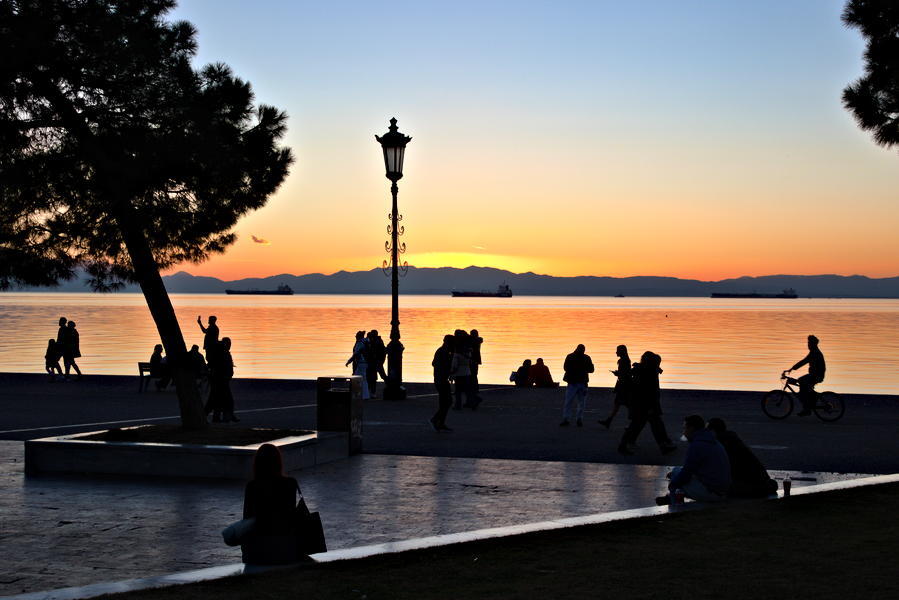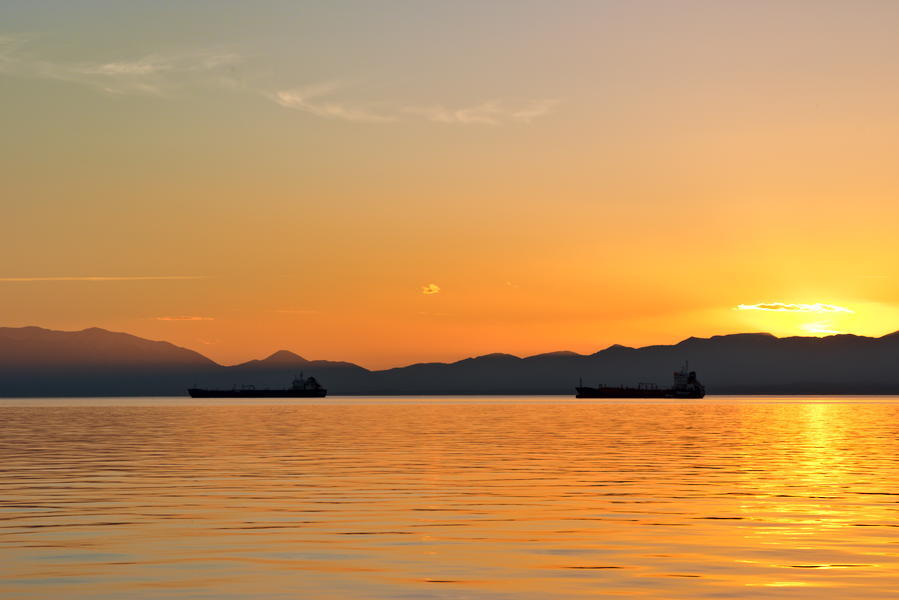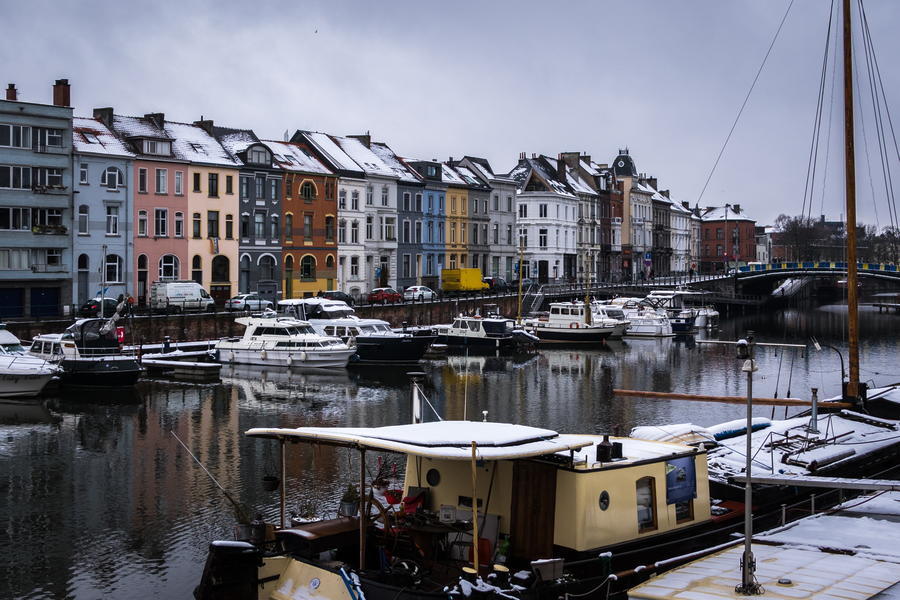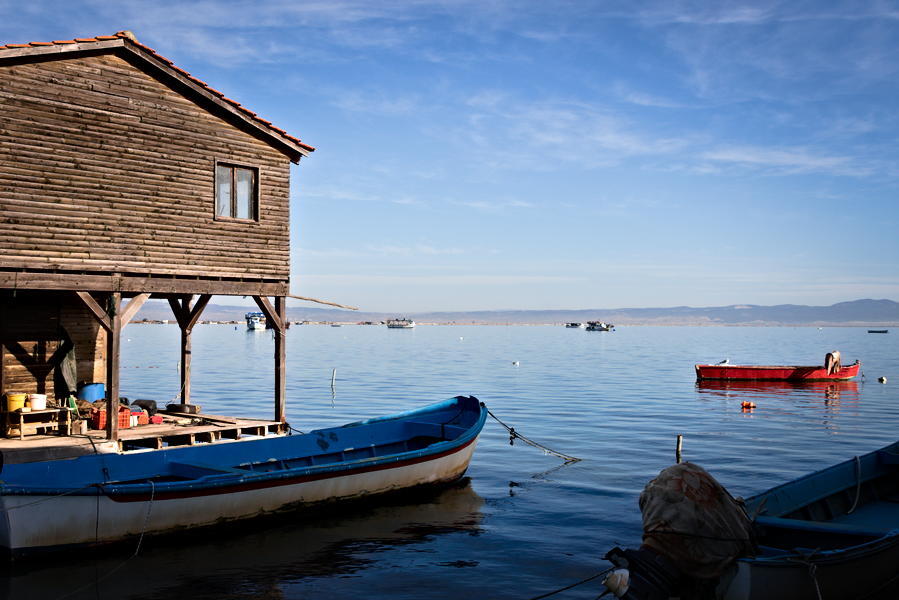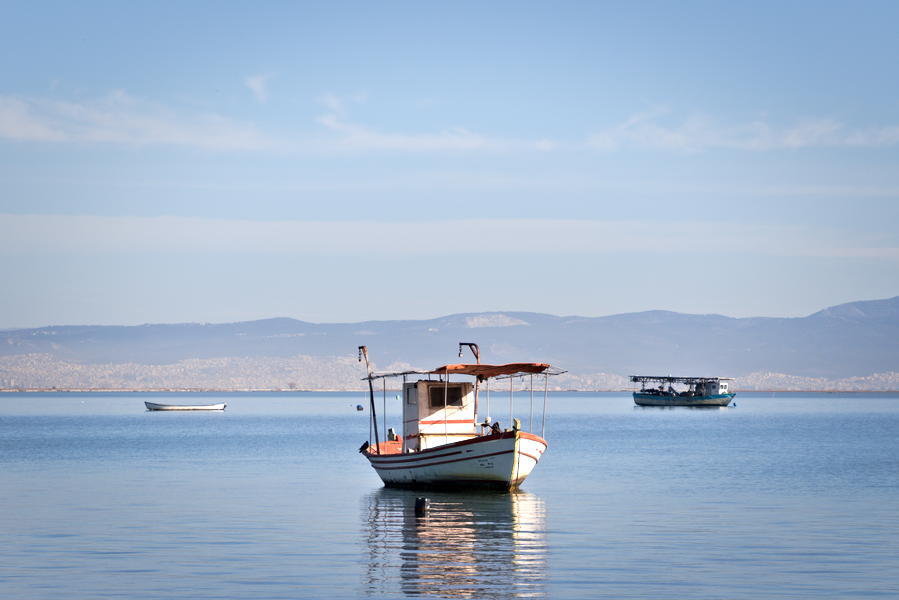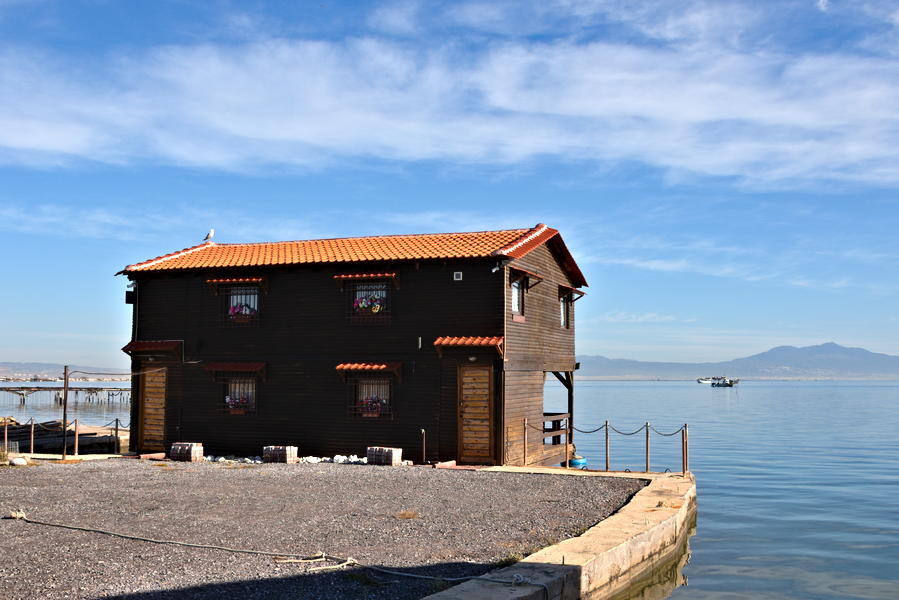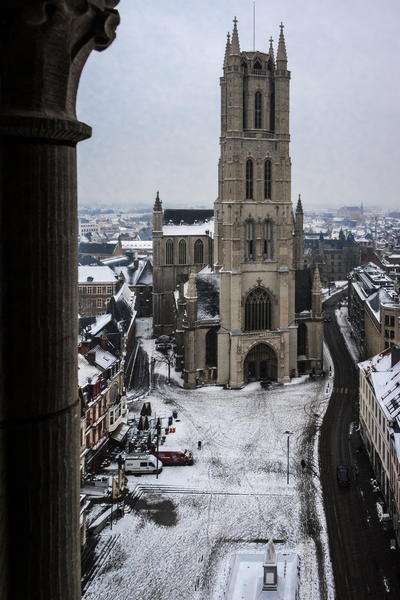
Thessaloniki
Thessaloniki is the second-largest city in Greece, with slightly over one million inhabitants in its metropolitan area, and the capital of the geographic region of Macedonia. Located on the Thermaic Gulf, at the northwest corner of the Aegean Sea, it is a major transportation hub for Greece and southeastern Europe through the Port of Thessaloniki.
The city is full of these not very nice apartment buildings, but because it was the second most important city in both the Byzantine Empire and the Ottoman Empire, you can easily find remnants of its more glorious past. In the photos below you can see the ruins of the Roman Forum between some random buildings.
Unfortunately the Rotunda, the oldest church in Thessaloniki, was undergoing some restorations at the moment of our visit. Built in 306 AD by emperor Galerius, it has been used both as a church and as a mosque. On the background of the photo are the walls of Thessaloniki.
The walls were built during the Byzantine period in 390. They used to surround the whole city but the Ottoman authorities demolished big part of them at the end of the 19th century. Still you can see them on the upper part of the city.
From up the wall there is a great view of the bay. You can even see Mount Olympus if the sky is clear.
Once in a while, walking around you can find some traditional houses. They give you a glimpse of how the city used to be, but most of them are quite destroyed and need restoration.
There are so many historical churches very easy to miss if not paying attention. The Church of Hosios David is a late 5th-century church in the upper part of the city.
Moni Vlatadon, a monastery, also on the upper part of the city.
Hagia Sophia, built in the 7th century based on the Hagia Sophia in Constantinople.
Hagios Demetrios, the main sanctuary dedicated to Saint Demetrius, the patron saint of Thessaloniki.
The Church of the Acheiropoietos, dated from its bricks and mosaics to ca. 450–470, the oldest church after Rotunda.
The Church of Prophet Elijah from the 14th century, by the last years of the Byzantine Empire.
There are not many Ottoman monuments left. The Musa Baba Türbe, a mausoleum to Musa Baba, a holly person.
Alaca Imaret Mosque, from the 15th century, not taken proper care of and with plants growing on it.
The city has a promenade on the sea side where the Thessalonikis go for a walk and have a coffee, do sports etc.
On one side of the promenade is located the White Tower, the symbol of the city. It was built some time after the Ottoman conquest of in 1430.
Hope you liked the article!!! 🧡💜

